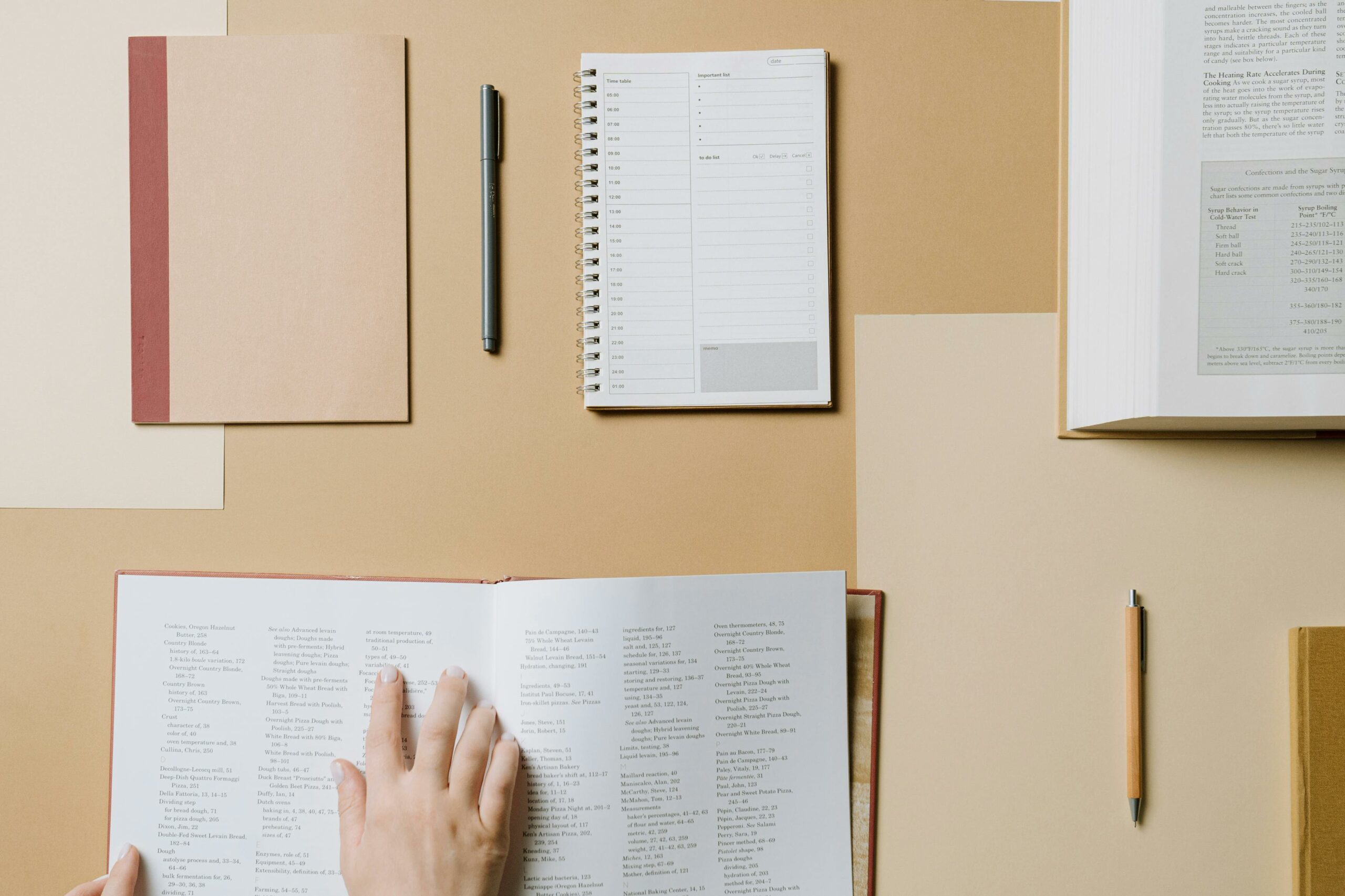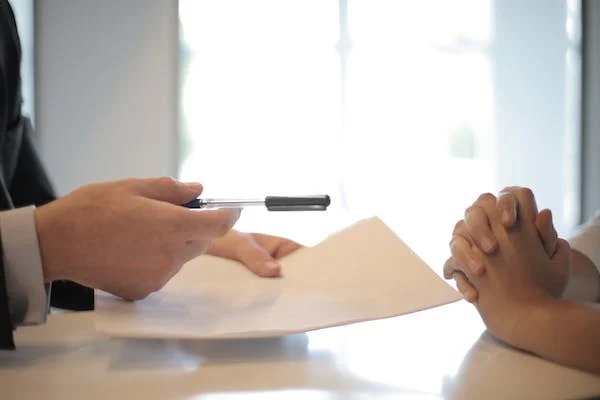Introduction
The awesome parts behind MBA admissions is interviews. It’s like a two-in-one deal that brings a lot of excitement. Here’s the scoop: B-school Interviews serve a double purpose. First, they give the AdCom (that’s the admission committee) a chance to get to know you better – your personality, leadership sparkle, and what’s driving you to chase that MBA dream. Second, they’re your moment to shine and tell your story in your own words, going beyond what you’ve put in your essays and application.
Now, imagine this: you get that invite for a b-school interview, and it’s like the spotlight’s on you. Your mission? It’s all about preparation – knowing your story, practicing your answers, and getting comfortable in the interview setting.
So, as you gear up for this exciting journey, remember that the interview is your time to step out of the paper and show your true colors. AdCom wants to see the real you – your passions, your drive, and why you’re so pumped about that MBA path. So, buckle up, get prepped, and get ready to show them why you’re a perfect fit for that b-school adventure!
Step by Step Guide
Interviews can be exciting and nerve-wracking, but with the right approach, you’ll be set to shine. Here are 11 ways to ace your B-school interview:
- Know Your Story: The adventure of understanding your own story for that MBA interview. Picture this: You’re on a journey, and this journey is all about you – your dreams, your aspirations, and your career goals. So, take a pause and reflect. Why is that MBA calling your name? How do your experiences fit into this grand plan? When you’re clear about your story, it’s like having a superpower. You can talk about your path with confidence and that magic ingredient – authenticity. It’s not just about stating facts; it’s about connecting the dots of your journey in a way that resonates with you and the person listening. When you’re on this journey, you’re steering the ship and knowing your story is your compass. Think about it as sharing a chapter from a book only you can write. The more you understand your story, the more you can narrate it in your own words, with your own flavor. So, before you step into that interview room, take a moment to know your story inside out. It’s like stepping onto the stage with the script in your heart, ready to let your personality shine. After all, it’s not just an interview; it’s your story, and you’re the author and the star!

- Research the Program: Delve into the program’s website, curriculum, faculty, and any recent news. Understand what makes the school unique and aligns with your aspirations. The exciting journey of discovering all the awesomeness a program has to offer before your big MBA interview. It’s like being an explorer – you’re off to uncover hidden gems! Imagine you’re browsing through a menu, except this menu is the program’s website. Click around, explore the different courses they’re serving, the professors who are the masterminds, and any fresh updates that might be sizzling on their radar.
- Mock Interviews: Practicing with a friend or family member. Mock interviews help you refine your responses, catch nervous habits, and build your confidence.Think of it as a practice match before the championship game. You’re not playing for the final score; you’re playing to master your moves. During these mock interviews, you’ll get feedback that’s like gold – insights into what’s working brilliantly and what could use a bit of polishing.
- Strengths and Weaknesses: Be ready to discuss your strengths and weaknesses. Highlight real-life examples that showcase your strengths and show how you’re working on your weaknesses. When it comes to strengths, think of them as your superpowers. But don’t just state them – bring them to life with real stories from your experiences. It’s like showing, not just telling. Let the interview panel see how you’ve used these strengths to create impact. Now, let’s chat about weaknesses – those parts of you that you’re actively shaping. It’s not about showcasing perfection; it’s about showing you’re human and always growing. Share a genuine weakness, but then reveal the magic: how you’re taking steps to overcome it. It’s like saying, “Here’s where I stumble, but here’s how I’m turning it into my stepping stone.”
- Behavioral Examples: Think of situations where you demonstrated leadership, teamwork, and problem-solving. Use the STAR technique – Situation, Task, Action, Result – to structure your responses.
- Star technique -Think of it as a recipe for a captivating story. You start with the Situation – the backdrop of your tale. It’s like setting the stage, giving context to your story. Next comes the Task – what challenge you were facing. It’s the “what” that led to action. Speaking of action, that’s the third ingredient – what you did to address the challenge. This is where your qualities shine – be it taking the lead, collaborating with a team, or creatively solving a problem. And finally, the Result – the grand finale. What happened because of your actions? This is where you reveal the impact you made.
- Current Events: Stay updated on current business trends, industry news, and global events. Being well-informed showcases your interest in the business world.The dynamic world of staying updated on current events, a practice that’s like fuel for your interview journey. Imagine you’re a curious explorer wandering through a bustling market of ideas. This market is filled with the latest business trends, industry whispers, and global happenings. By staying tuned in, you’re not just a spectator; you’re an active participant in the pulse of the business world.

- Questions for Them: Prepare insightful questions about the program, its resources, clubs, and opportunities. This demonstrates your genuine curiosity and engagement.
- Elevator Pitch: Craft a brief summary of yourself – who you are, your background, and what you’re looking to achieve through the MBA.The magic of creating an elevator pitch, a mini-masterpiece that introduces you to the opening scene of a captivating movie. Imagine you’re at a fabulous party, and someone asks, “So, tell me about yourself.” Your elevator pitch is your VIP pass to making a memorable first impression.It’s like sketching your portrait with just a few strokes – who you are, where you’ve been, and where you’re headed. Picture this: You’re an artist, and your canvas is a short conversation. You start with the basics – your background, your journey so far. Then you add the colors – your experiences, your passions. And finally, the spotlight – what you’re aiming to achieve through that MBA.
- Body Language: Practice good posture, maintain eye contact, and offer a firm handshake. Positive body language boosts your overall impression. So, as you gear up for that interview, practice your body language. It’s not just about looking good; it’s about feeling good. Positive body language isn’t a script; it’s an art that enhances your overall impression. And when it’s showtime, remember that your body language is like the secret harmony that complements your words beautifully
- Time Management: Be mindful of time during the interview. Concise, well-structured answers are effective and show respect for everyone’s time. Imagine you’re the conductor of an orchestra, and time is your rhythm. Being mindful of time isn’t just about rushing through; it’s about orchestrating your answers with finesse. Like a composer, you’re crafting concise, well-structured responses that resonate. It’s not just efficient; it’s a testament to your respect for everyone’s time.
- Relax and Be Yourself: Remember, the interview is also a chance for you to assess if the school is the right fit for you. Be genuine, stay calm, and let your personality shine.

Conclusion
How about wrapping up a fantastic conversation with a warm smile! Imagine you’re leaving a friendly gathering – you don’t just rush out; you make sure to thank your hosts. So, after the interview, take a moment to sincerely thank the interviewer for their time. It’s like showing your gratitude for this insightful chat that you’ve had.
Oh, and if you haven’t got their business card yet, ask for one. It’s like grabbing a little memory token from this exchange. But the magic doesn’t stop there – within the next 24 hours, send a thank-you note or email. Imagine this as a virtual high-five – it’s not just a formality; it’s your way of saying, “Hey, that chat meant something to me.”
Now, here’s the special touch: In your thank-you message, include a little detail from your conversation. It’s like leaving a breadcrumb of memory. Maybe you talked about a shared interest or a particular program feature. By mentioning it, you’re saying, “I was listening, and I really value this connection.”
Why is all this important? Well, think of it as the encore after an amazing performance. The interview isn’t just a Q&A session; it’s a glimpse of you in action. The way you wrap it up sends a message about your courtesy and genuine interest.
So, as you conclude this interview journey, remember that it’s not just about answering the questions; it’s about leaving a lasting impression. The interview is like a sneak peek into what kind of team player you’d be in the program – make sure that the message you’re leaving behind is the one that truly reflects your awesomeness





